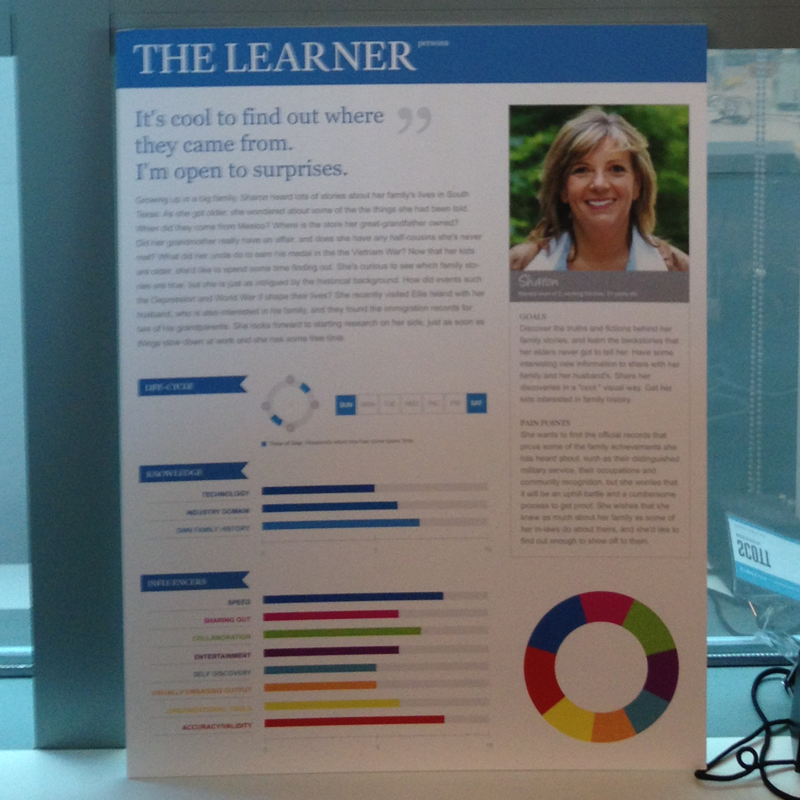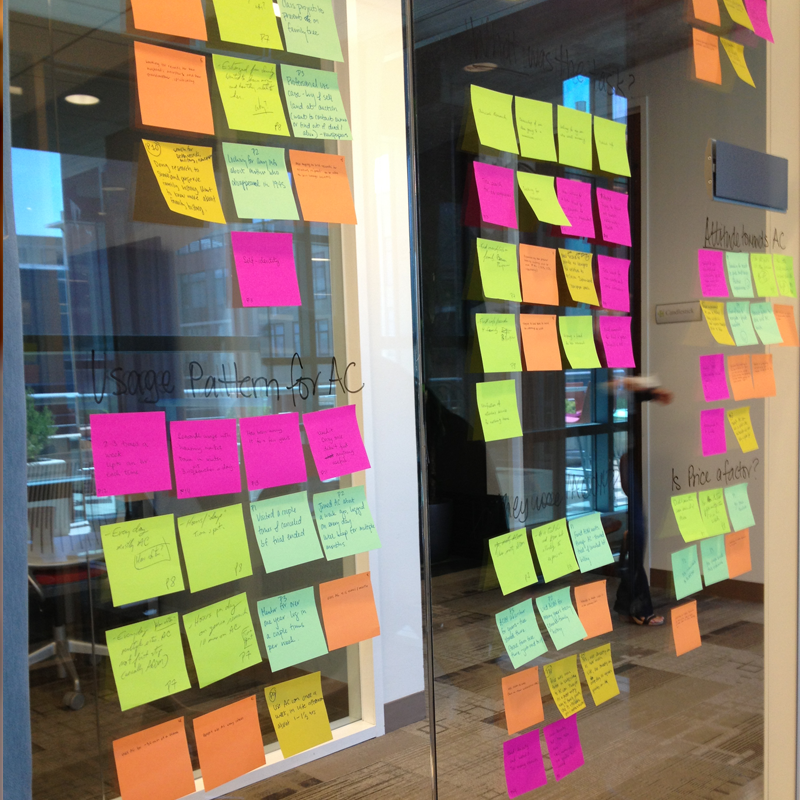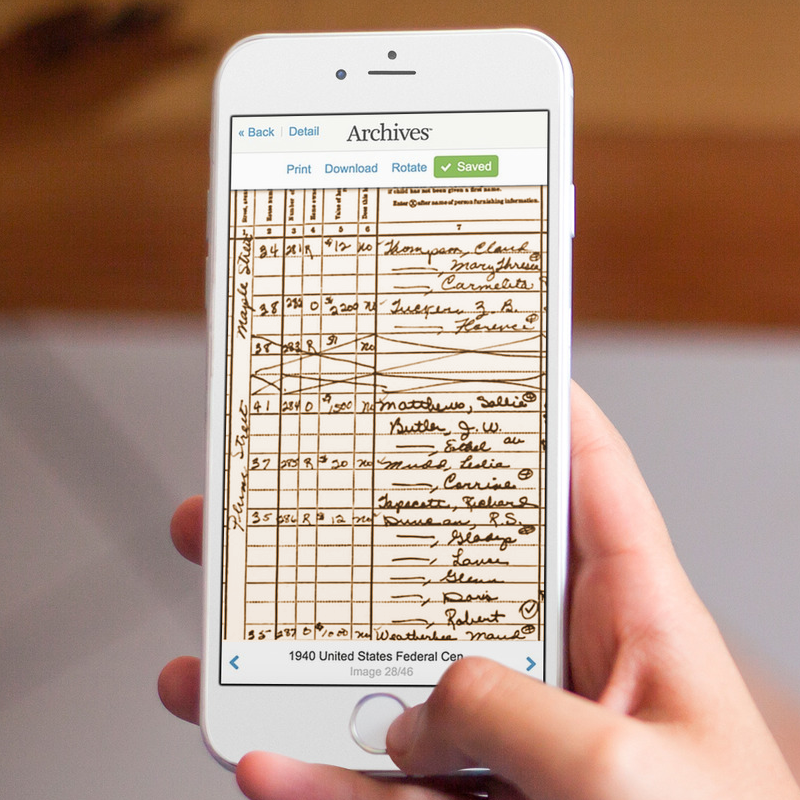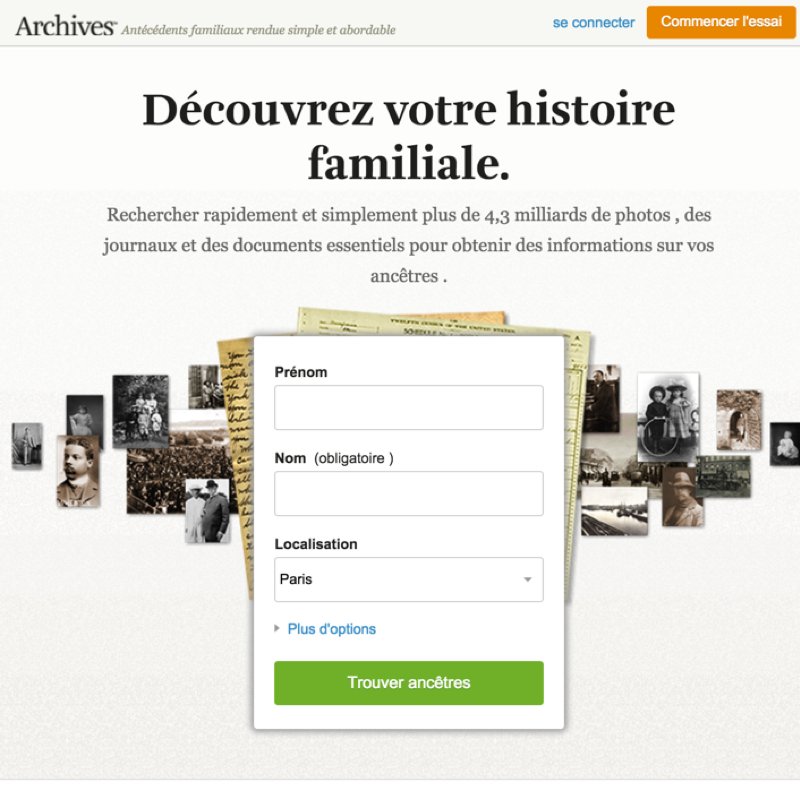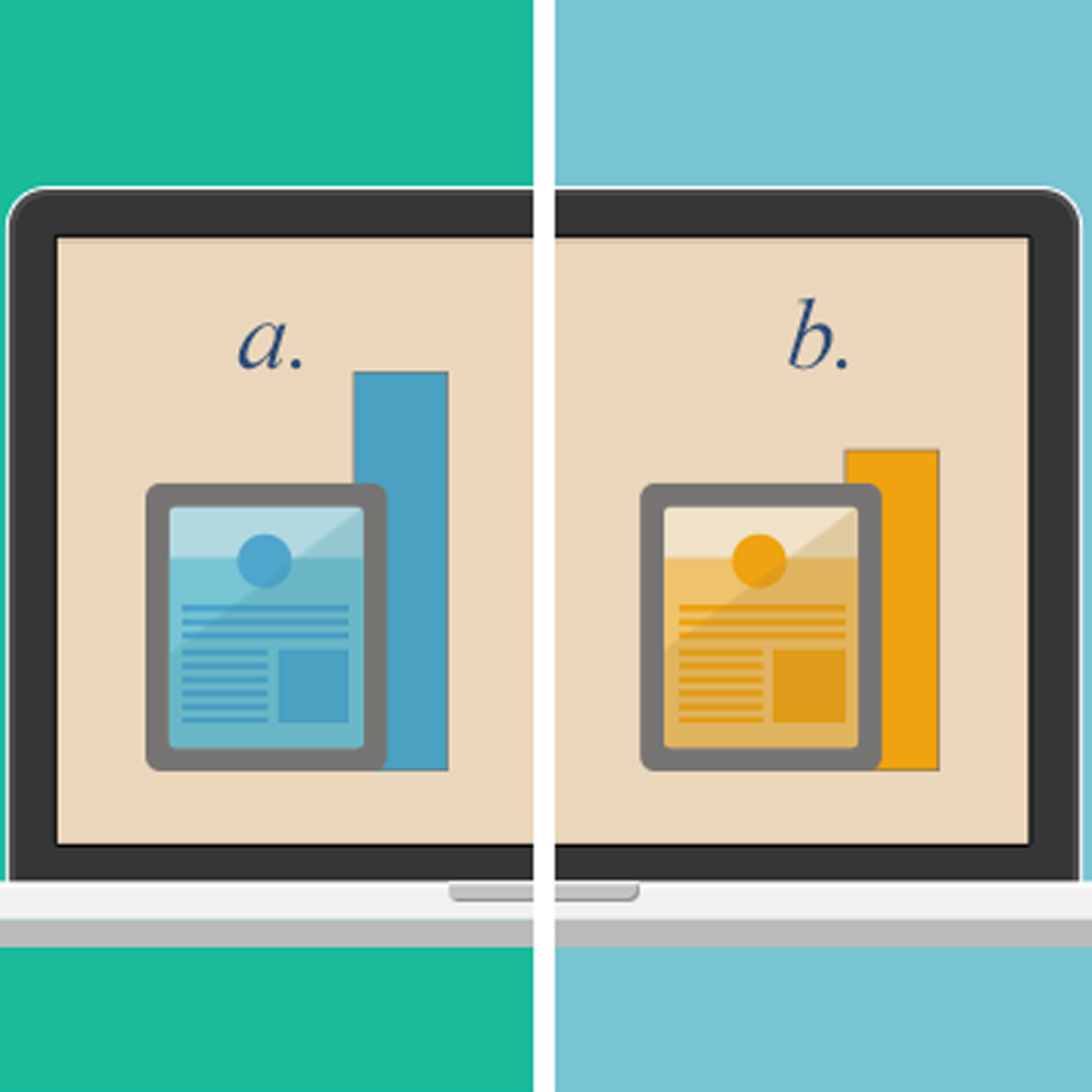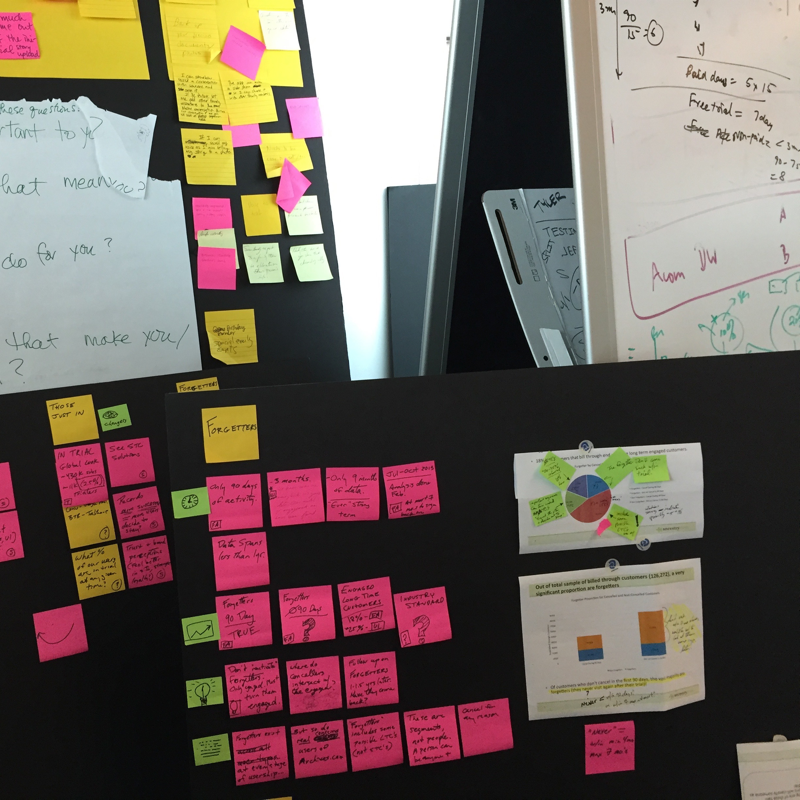Growth Split Testing
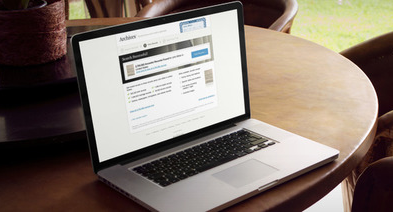 Results page from an Archives conversion funnel.
Results page from an Archives conversion funnel.
After launch, we optimized the site regularly. Over the coming years at Inflection, we created a unique split testing culture that helped guide the direction of the product. Sometimes we had more than 100 tests running across all of our properties. This testing culture allowed us to rapidly grow in both user base and product quality. My role in this was to help define the split testing process and workflow, design, code and run the tests either myself or by utilizing our rapidly growing team.
Kaizen Continuous Improvement
As our user base grew, of course, so did our product and team. We launched as a simple and effective search engine for family history. Over the years, we developed into a full suite of family history tools that would disrupt the space and rival the more established brands—in fact, we became #2 in the space in less than 3 years. We regularly rolled out new features, including family tree software, saving and organizing records, an alert system that notifies users when we've added new records that match their criteria. I oversaw UX and implementation while continuing to directly contribute designs for new features.
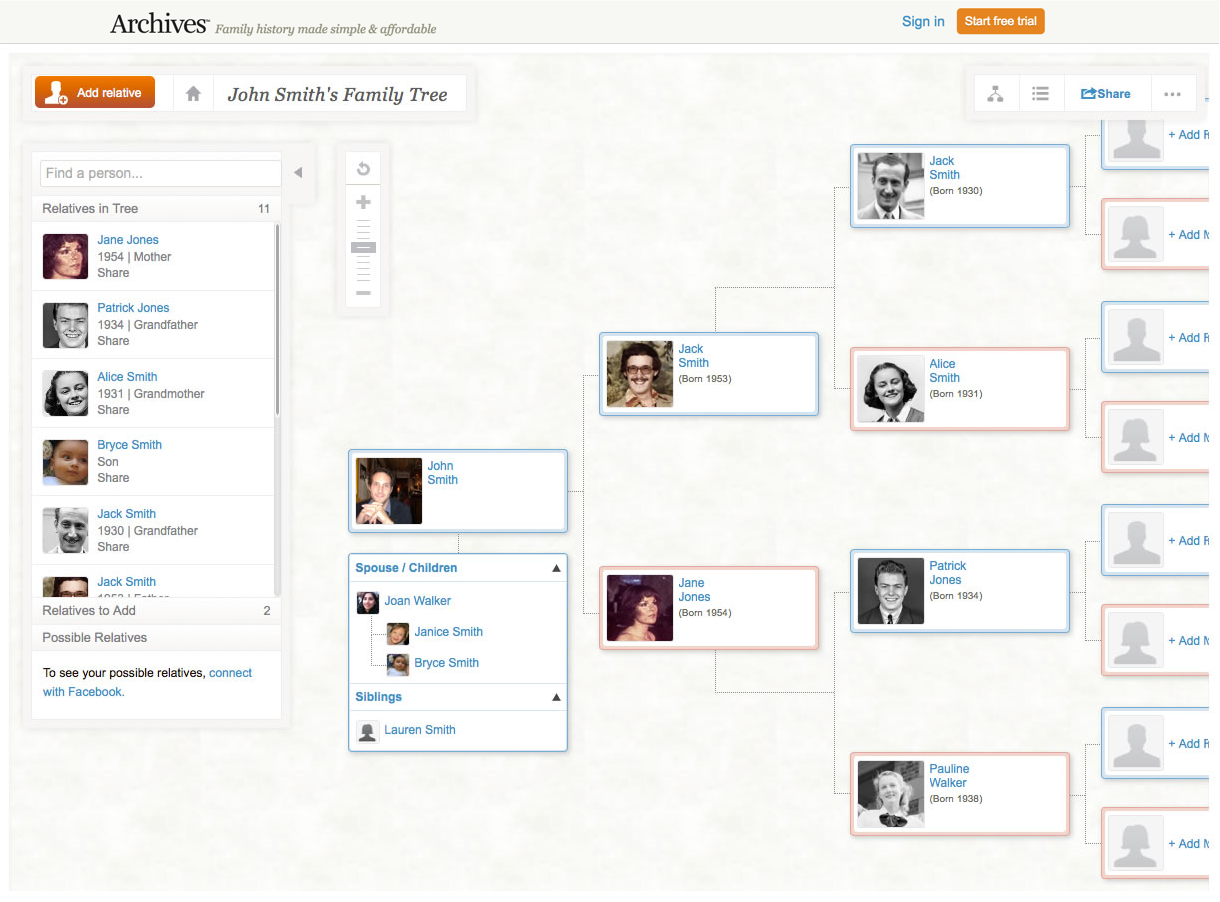 Our family tree feature
Our family tree feature
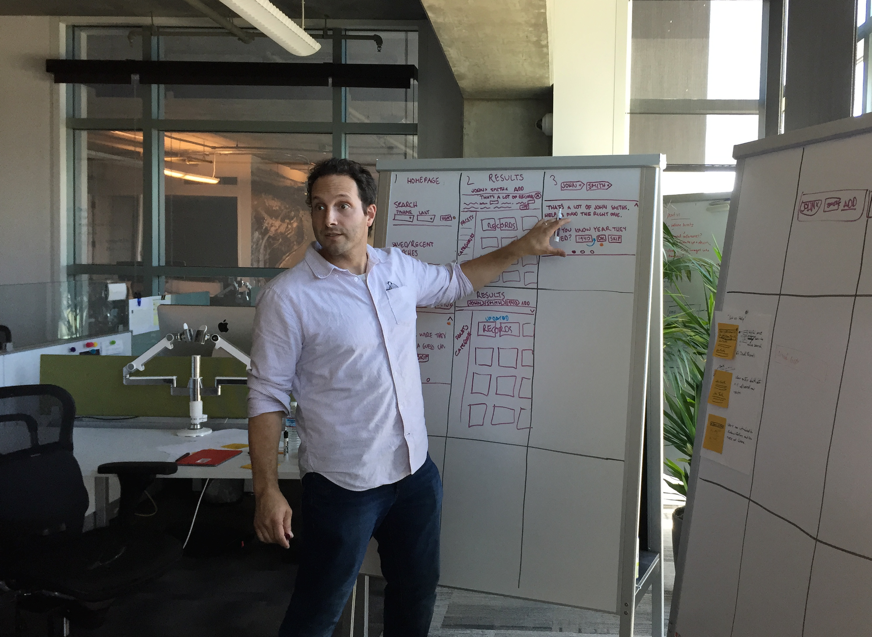 Facilitating a design sprint, day 3.
Facilitating a design sprint, day 3.
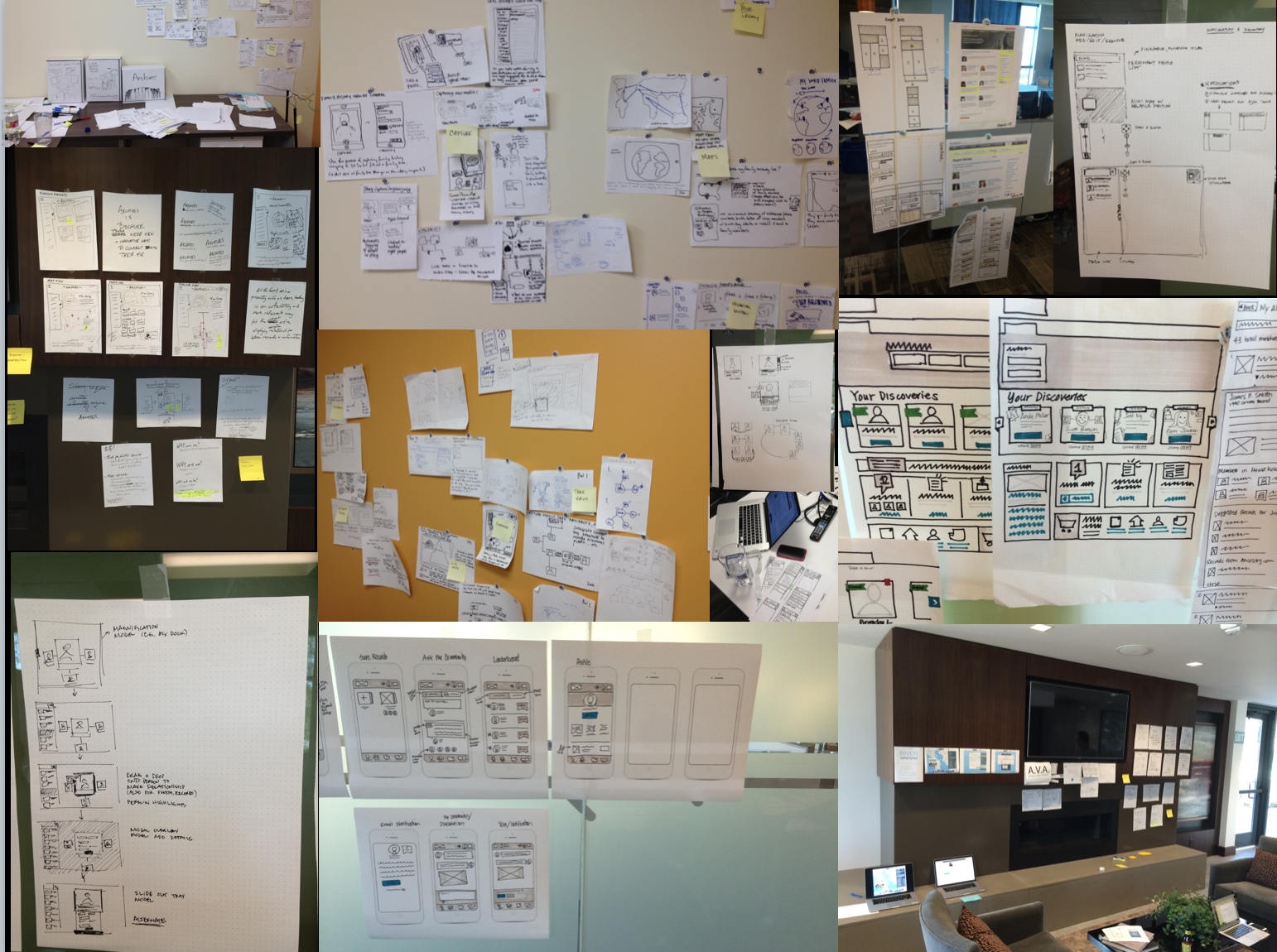 Output from some of our sketch sessions over the years.
Output from some of our sketch sessions over the years.
 A repertoire of various workshop formats help the team innovate.
A repertoire of various workshop formats help the team innovate.
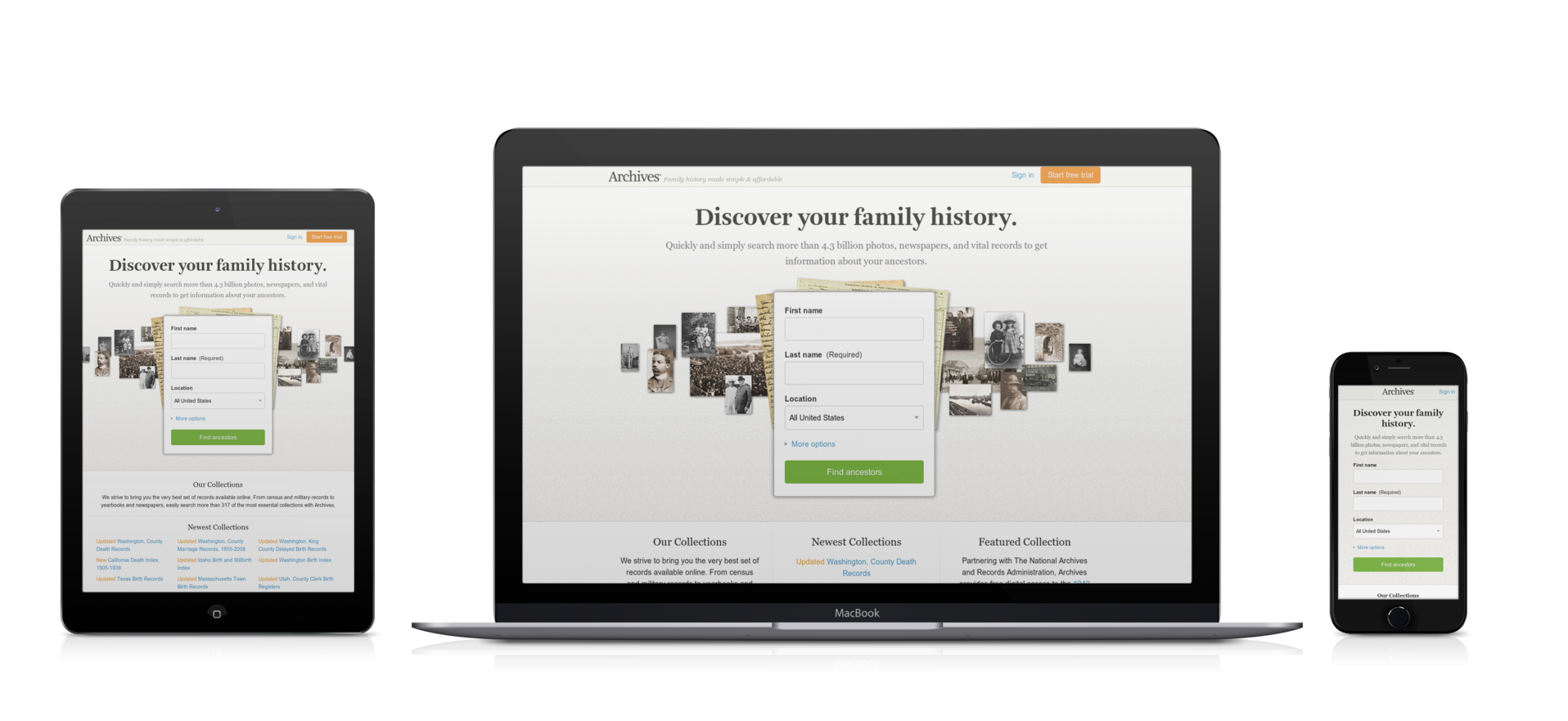
 Results page from an Archives conversion funnel.
Results page from an Archives conversion funnel. Our family tree feature
Our family tree feature Facilitating a design sprint, day 3.
Facilitating a design sprint, day 3. Output from some of our sketch sessions over the years.
Output from some of our sketch sessions over the years. A repertoire of various workshop formats help the team innovate.
A repertoire of various workshop formats help the team innovate.
